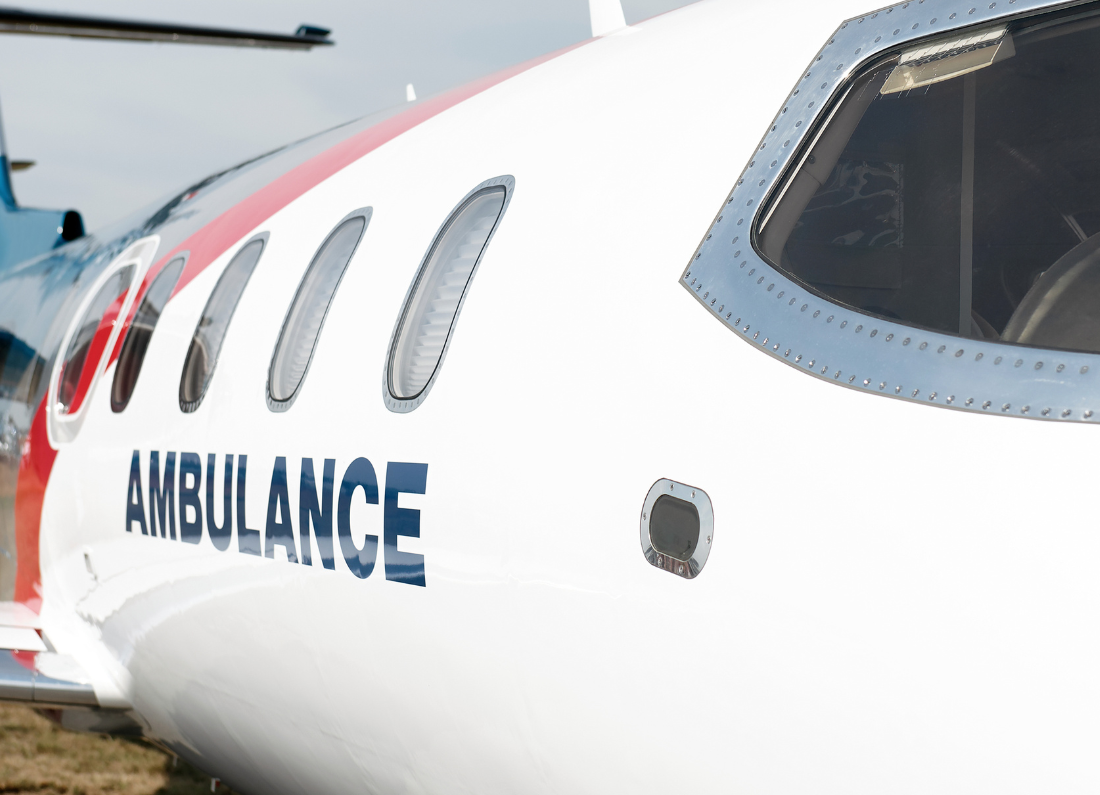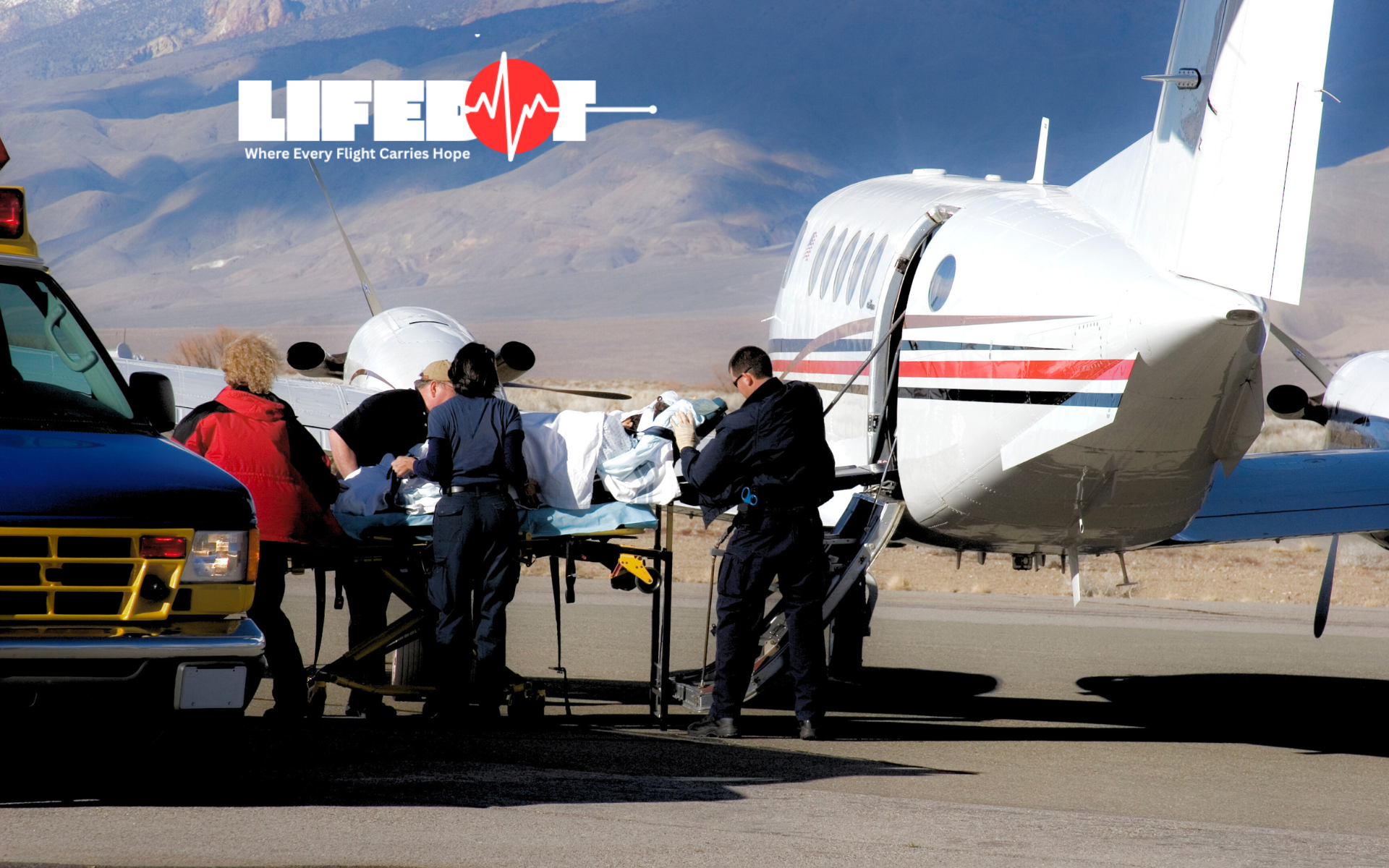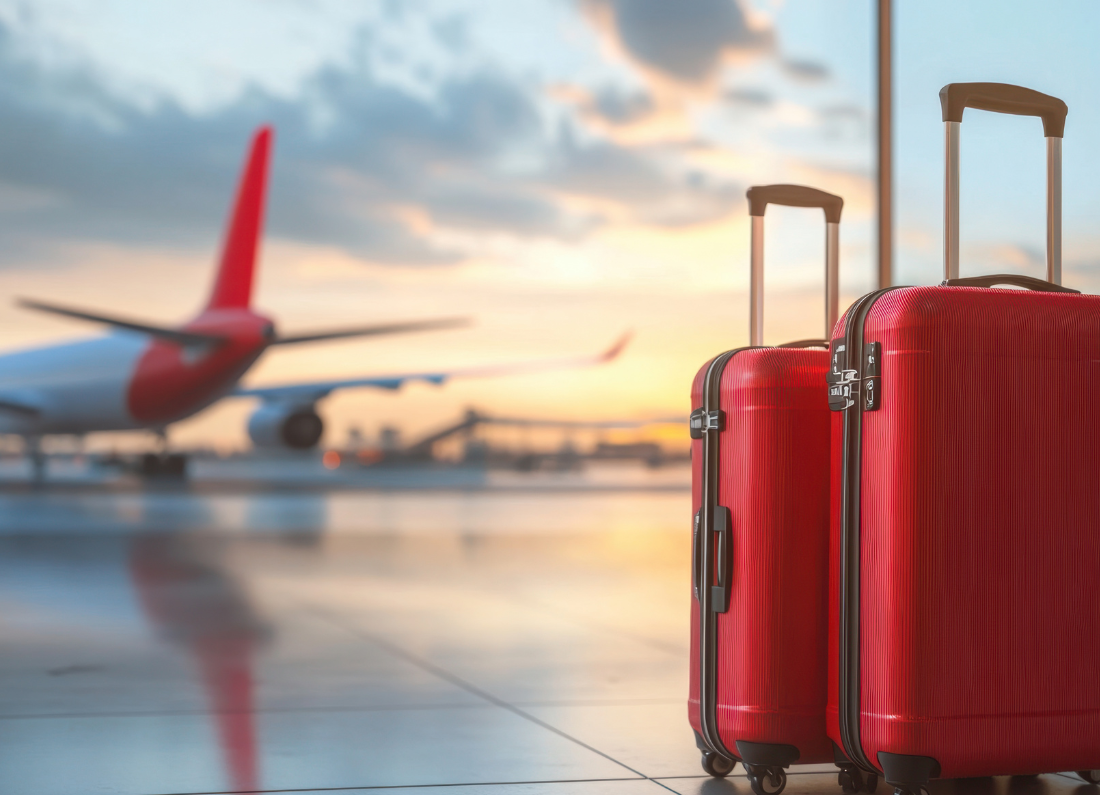In emergencies, every minute counts—lives hang in the balance. In Asia’s vast and diverse geography, medical aviation serves as a crucial lifeline that connects remote and inaccessible areas to advanced healthcare services. From the rugged jungle airstrips in Borneo, where aircraft navigate dense canopies, to the helipads atop towering skyscrapers in Tokyo, medical evacuation (Medevac) services across Asia are transforming into an indispensable, high-tech extension of national healthcare systems.
Driven by increasing demand for rapid response, enhanced pandemic preparedness, and improved regional resilience, Asia’s medevac sector is not only expanding but also modernizing at an unprecedented rate. Cutting-edge technologies such as drone-assisted deliveries, telemedicine capabilities, and sophisticated tracking systems are being integrated to improve patient outcomes and response times.
A Region of Challenges and Opportunities
Asia is home to over half of the world’s population, spread across diverse environments, including:
- Densely populated urban megacities like Jakarta, Manila, and Shanghai, where traffic congestion can severely delay ground transportation.
- Mountainous regions, such as the Himalayas, Japan’s rugged terrain, and Central Asia, where altitude and geography pose significant challenges for ground ambulances.
- Thousands of islands, particularly in archipelagic nations like Indonesia, the Philippines, and Malaysia, where geographic isolation can hinder timely medical access.
- Disaster-prone areas that are vulnerable to natural calamities like tsunamis, earthquakes, and floods, necessitating a rapid response to prevent loss of life.
In these environments, ground ambulance access is often limited, delayed, or completely impossible, making air medical evacuation not just beneficial but essential for timely medical intervention.
The post-COVID-19 era has elevated the role of air ambulances even further. They play a critical role in transporting not only patients but also vaccines, medical supplies, and healthcare teams across borders in response to health crises. This has sparked further investments and innovations in medevac services, enhancing their ability to deliver care during both routine emergencies and public health threats.
The Current Landscape: Who’s Flying?
Medevac services in Asia are provided by a mix of government agencies, private operators, military units, and NGOs. Key providers include:
🇲🇾 Malaysia
- Malaysian Fire and Rescue Department (Bomba) operates medevac-capable AW139 helicopters
- Lifedot and private charter companies offer regional medevac
- KLIA and Kota Kinabalu support fixed-wing medical flights
🇮🇩 Indonesia
- Medevac helicopters used widely across remote provinces like Papua and Kalimantan
- Operators like Pelita Air Service and Derazona Helicopters active in rural evacuations
🇯🇵 Japan
- Doctor-Heli system covers most prefectures with Eurocopter EC135/145 aircraft
- Coordination between hospitals, EMS, and government ensures rapid deployment
🇮🇳 India
- Growth in fixed-wing medevac operators using King Air and Learjet platforms
- Army and Air Force remain crucial providers in remote northern and northeastern states
🇵🇭 Philippines
- Medevac by Philippine Air Force, Asian Aerospace, and humanitarian operators
- Critical role in disaster zones post-typhoons and earthquakes
Aircraft and Equipment: The Airborne ICU
Modern medevac aircraft are flying hospitals — outfitted with:
- ICU-grade ventilators, defibrillators, infusion pumps
- Isolation pods for infectious patients
- Real-time telemetry to transmit vitals to destination hospitals
- Advanced avionics for night and all-weather flying
Popular airframes in Asia include:
- Helicopters: AW139, Bell 412, EC145, Sikorsky S-76
- Fixed-wing: King Air 350, Pilatus PC-12, Learjet 45, Citation XLS
Operators increasingly use modular interior kits, allowing aircraft to switch roles between VIP, cargo, and medevac in under 4 hours.
Smart Medevac: The Rise of Telemedicine and AI
In 2025, medevac is no longer just transportation — it’s part of a connected care ecosystem.
Technologies transforming medevac operations:
- Telemedicine links onboard paramedics to specialists mid-flight
- Drones and UAVs deliver emergency supplies to medevac crews ahead of arrival
- AI triage tools assist dispatch in prioritising calls and allocating aircraft
- GIS mapping ensures real-time weather, terrain, and traffic route planning
Singapore, Malaysia, and South Korea are piloting drone-assisted medevac pre-staging, especially in disaster-prone regions.
Policy, Regulation & Accreditation
Across Asia, the medevac industry is regulated unevenly.
While countries like Japan and Singapore have robust frameworks, others still lack:
- Unified licensing for air ambulance providers
- National dispatch coordination systems
- Standards for medical crew training and equipment
In 2025, ASEAN is exploring regional medevac protocols to enable cross-border emergency flights, especially in disaster scenarios. The Asia Pacific Aviation Medical Association (APAMA) is also pushing for continent-wide medevac accreditation standards.
Despite growth, the medevac sector faces hurdles:
| Challenge | Details |
|---|---|
| Cost | Medevac flights can cost USD $5,000–20,000 — often not covered by insurance |
| Airspace Access | Delays in civil-military coordination, especially during night or bad weather |
| Talent Shortage | Trained flight medics, nurses, and pilots in short supply |
| Infrastructure Gaps | Lack of helipads at rural clinics or trauma centers |
What’s Next: Medevac 2030 Vision
Over the next five years, Asia’s medevac future will be shaped by:
- Hybrid VTOL aircraft for better reach and vertical landing in urban and rural zones
- Public-private partnerships to subsidize medevac for low-income patients
- Smartphone-based distress alert systems integrated with air dispatch
- Regional cooperation frameworks for pandemic, warzone, or mass casualty air response
- Electric and hydrogen aircraft for eco-friendly medevac
In the vast and diverse skies of Asia, medevac aviation serves as a lifeline during critical moments, where the combination of speed and precise medical care can mean the difference between life and death. Whether it’s rushing a newborn facing complications in the remote clinics of rural Sabah, rescuing an injured climber stranded in the treacherous heights of Nepal’s mountains, or transporting an ICU patient in need of specialized care across the bustling cityscape of Manila, the core mission of medevac operators remains steadfast: to deliver compassionate and effective care in the air, executed with impeccable speed and accuracy.
As we look ahead to 2025, the role of Asia’s medevac operators is evolving beyond mere logistics. They are not just flying medical missions; they are playing a pivotal role in saving lives and ensuring brighter futures for individuals and families in need. Their commitment to excellence in emergency medical transport underscores the importance of rapid response capabilities in diverse and often challenging environments across the continent.















